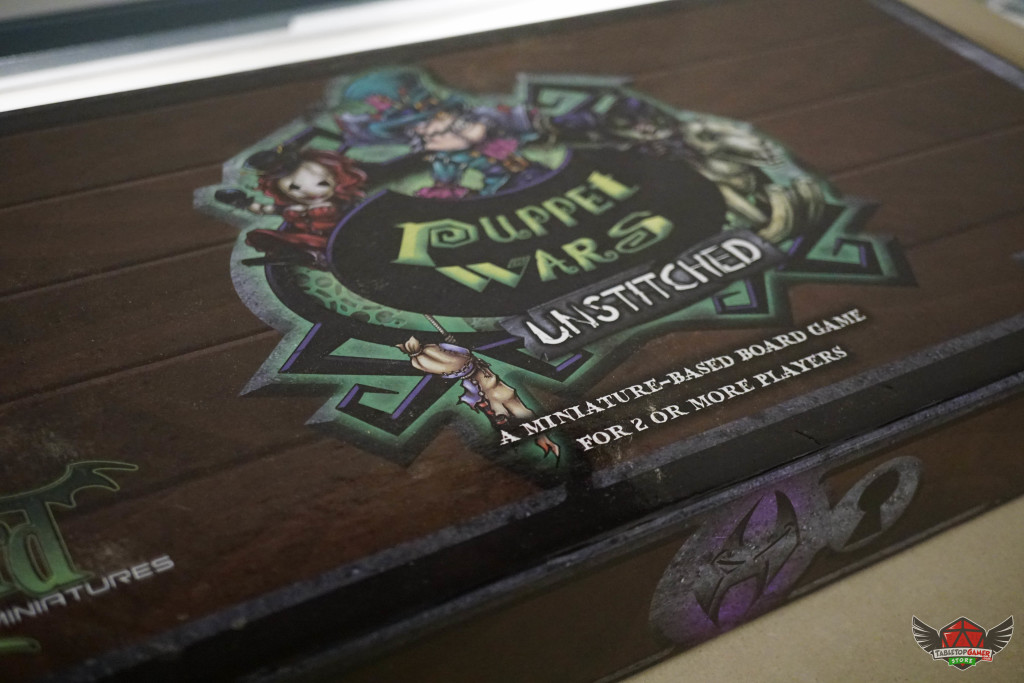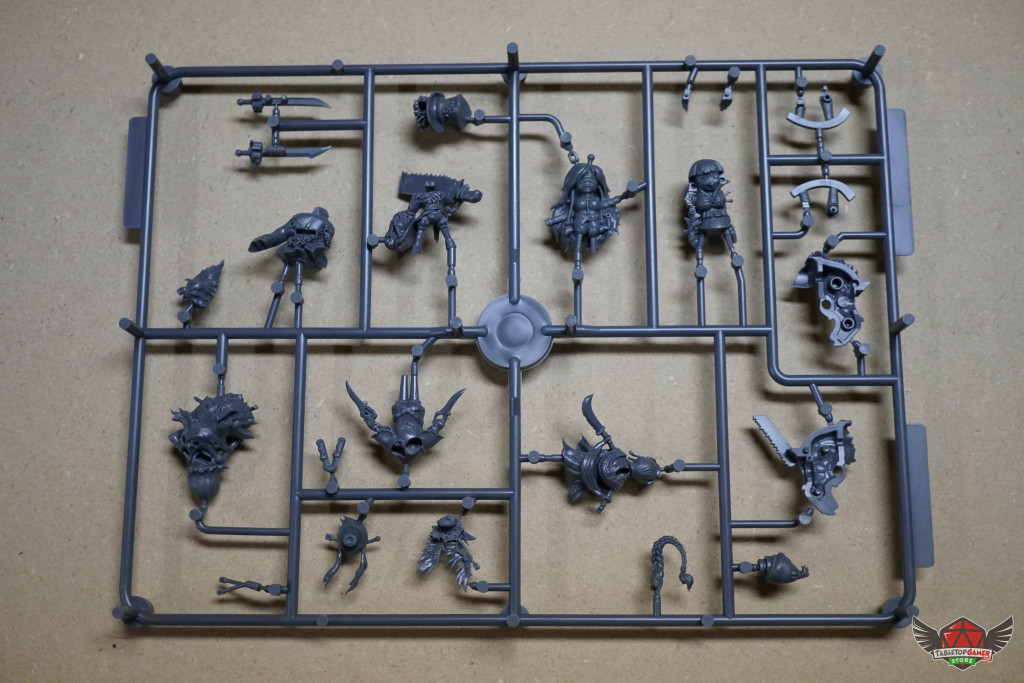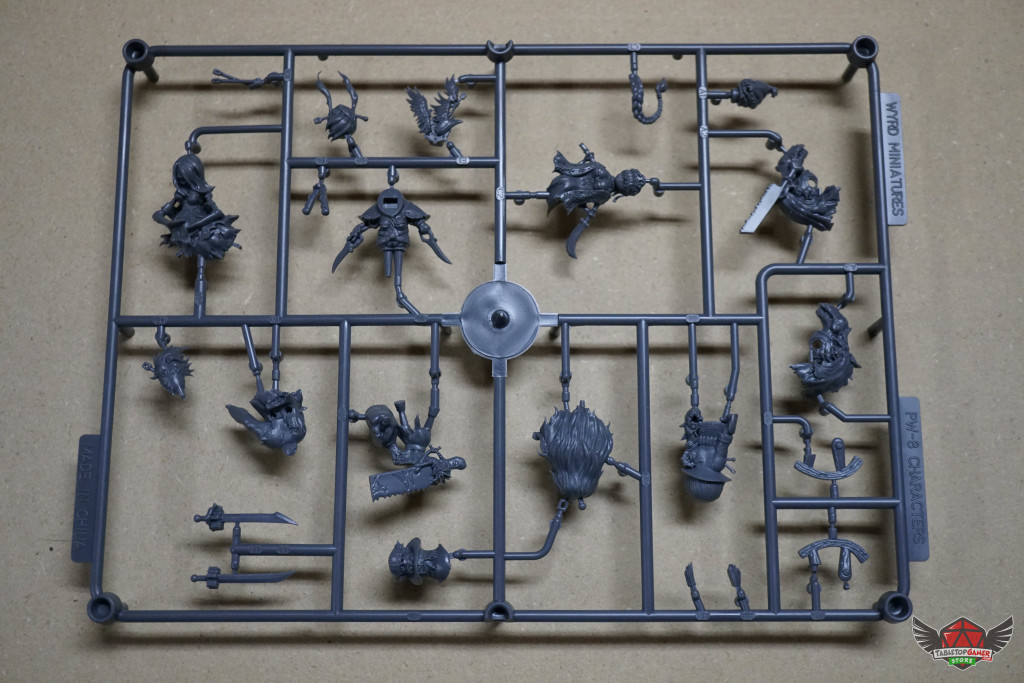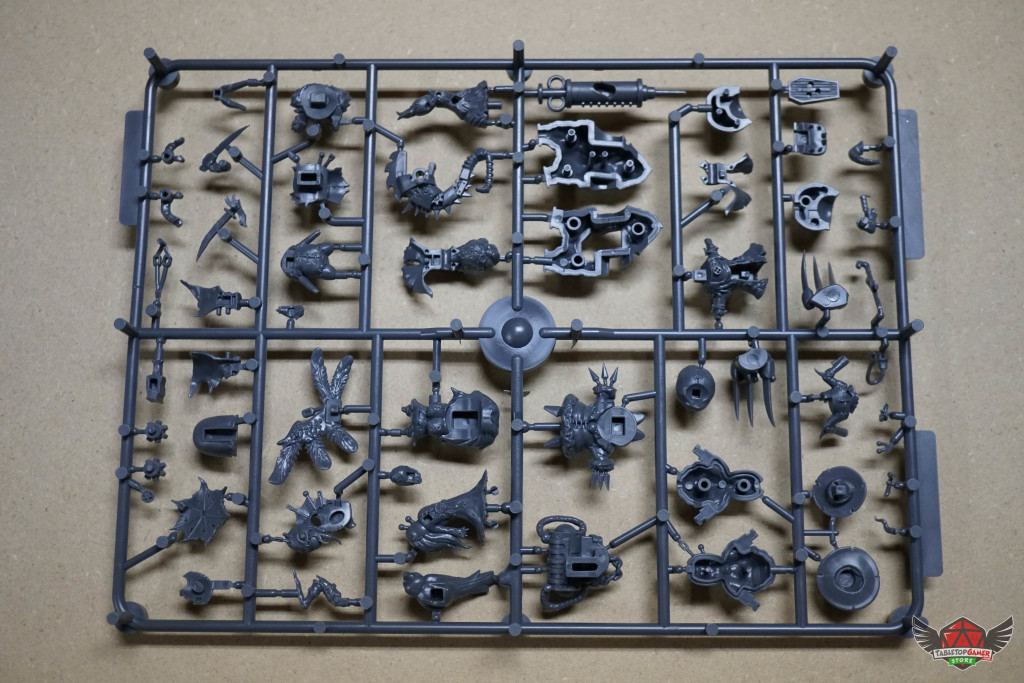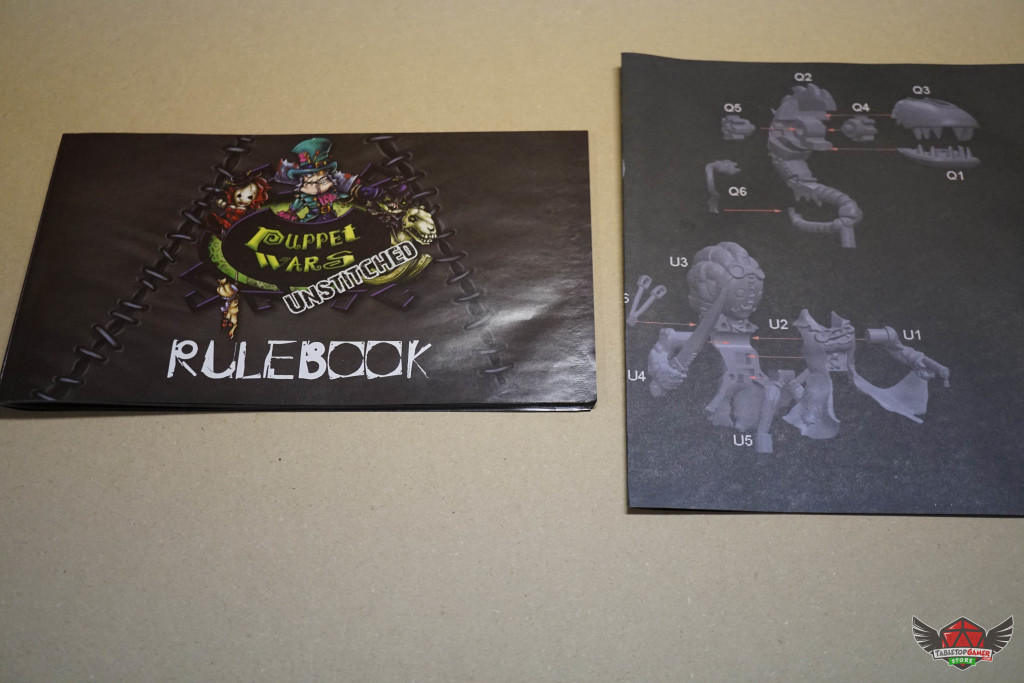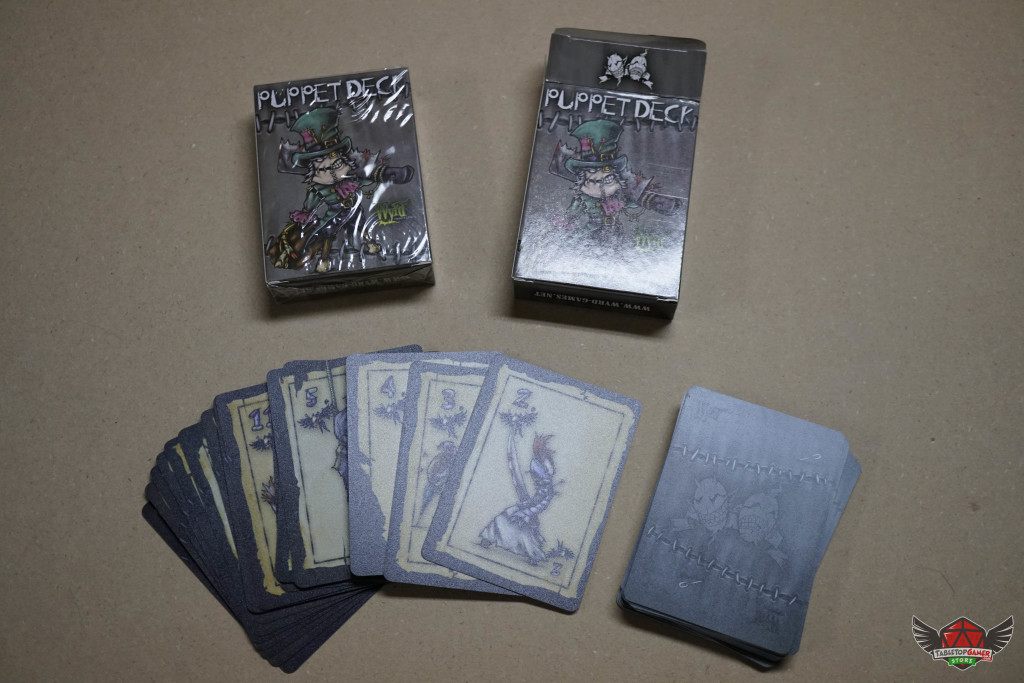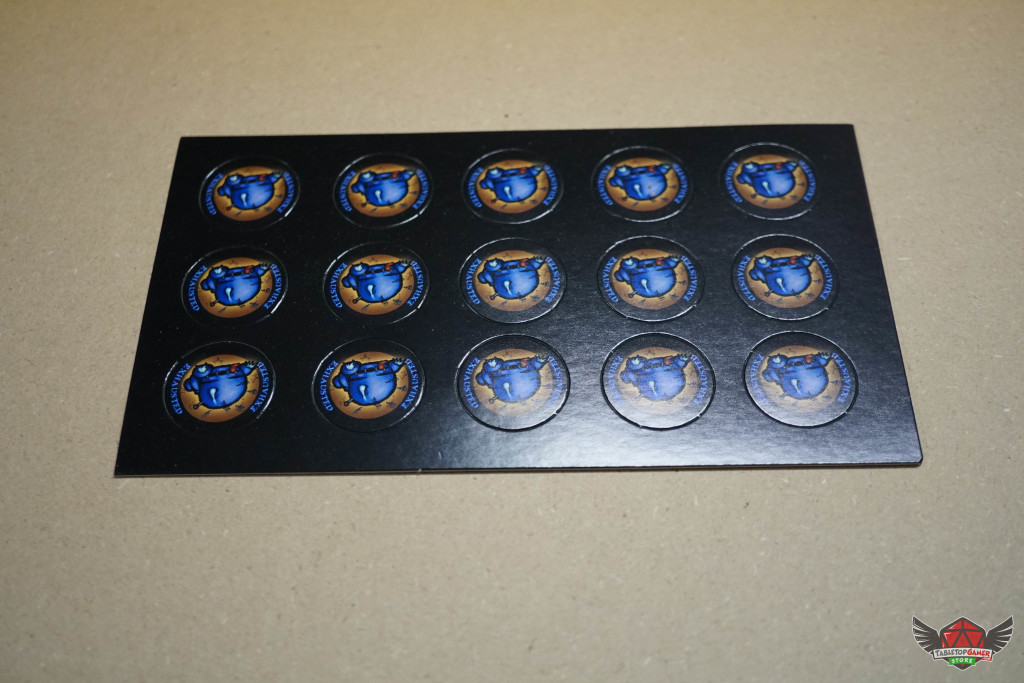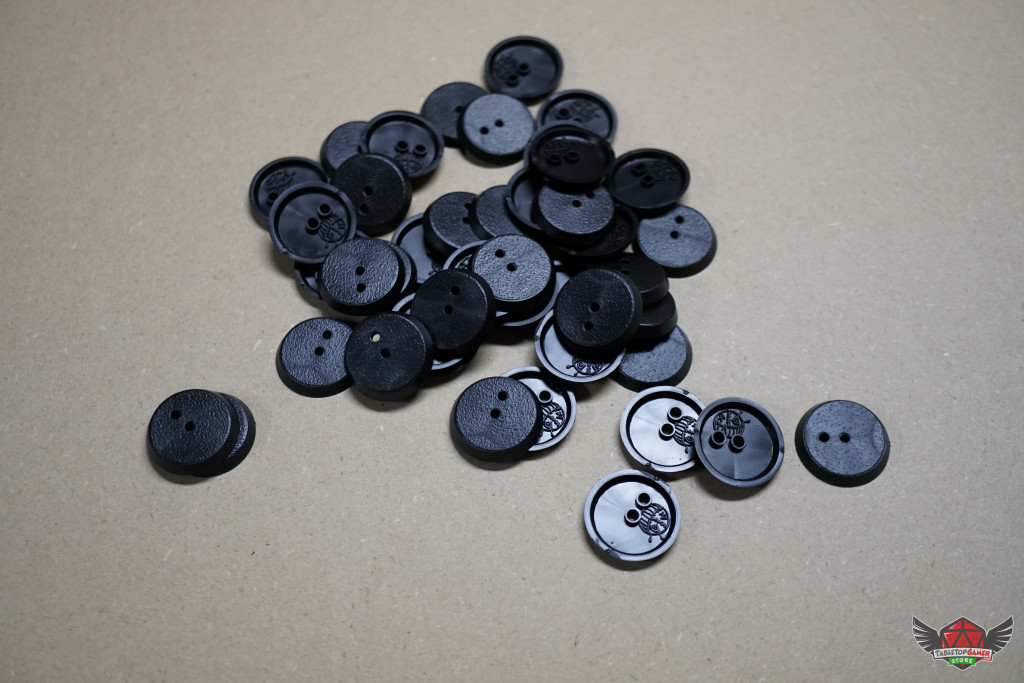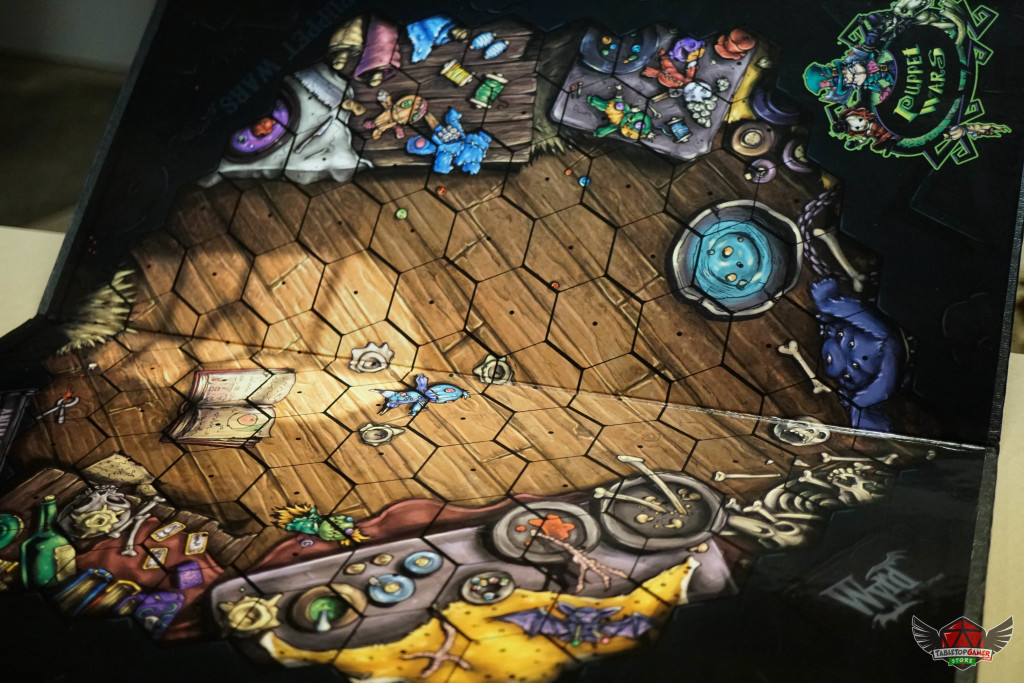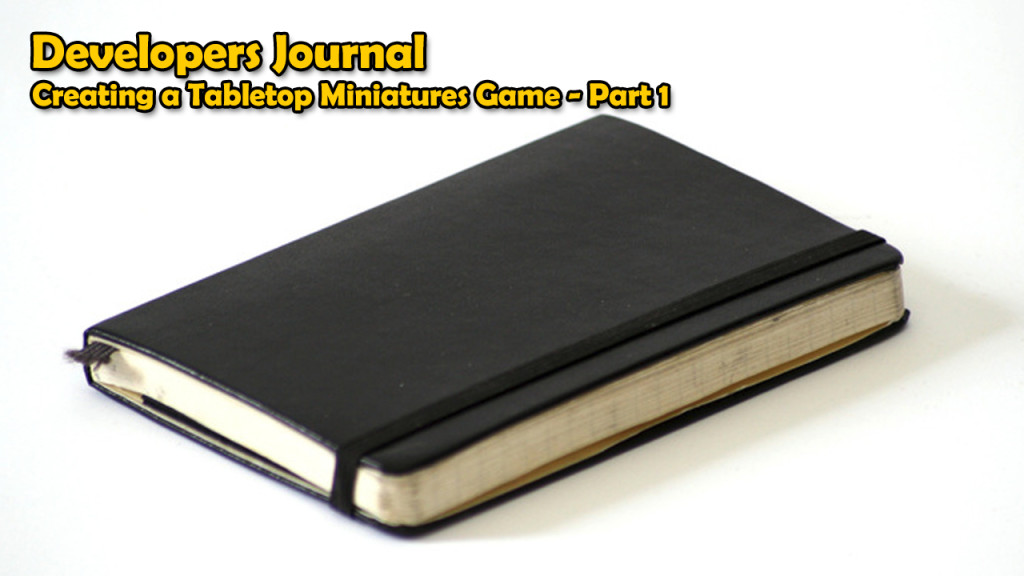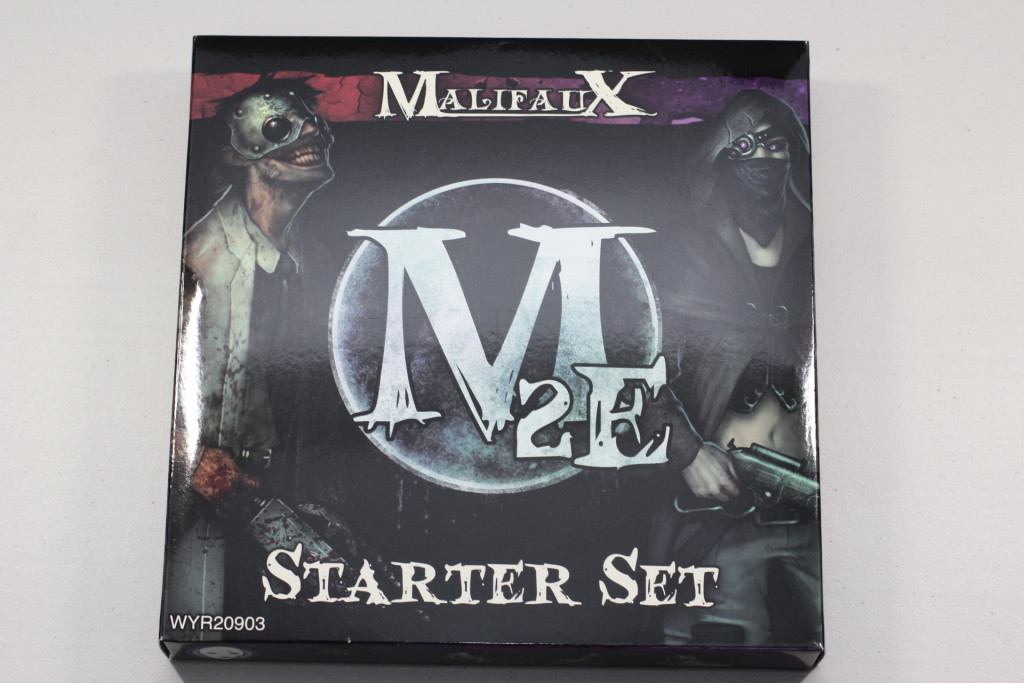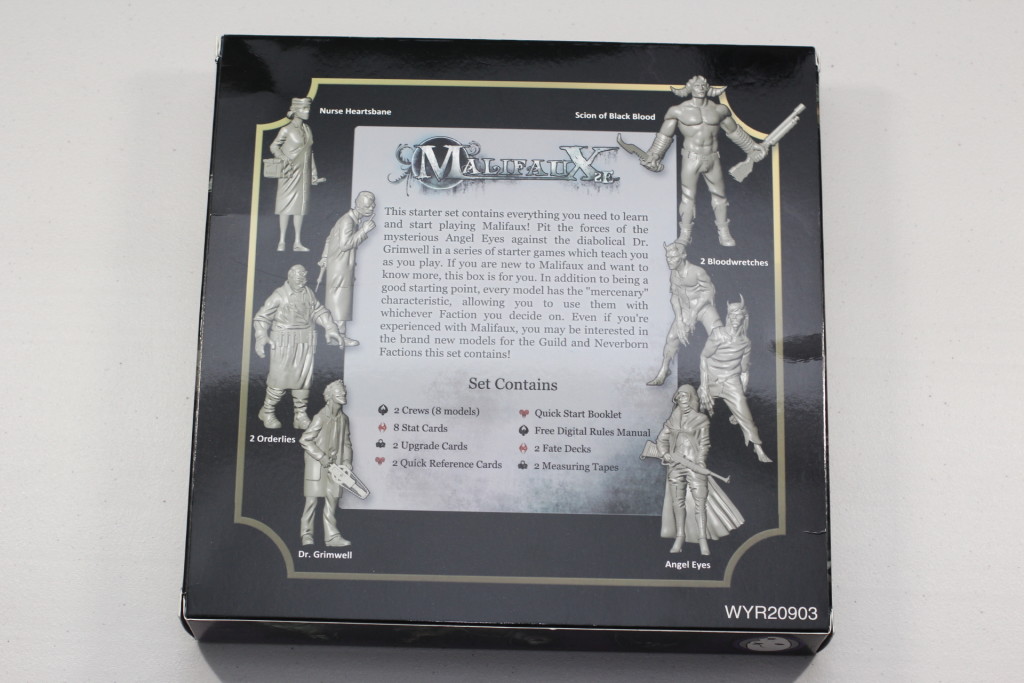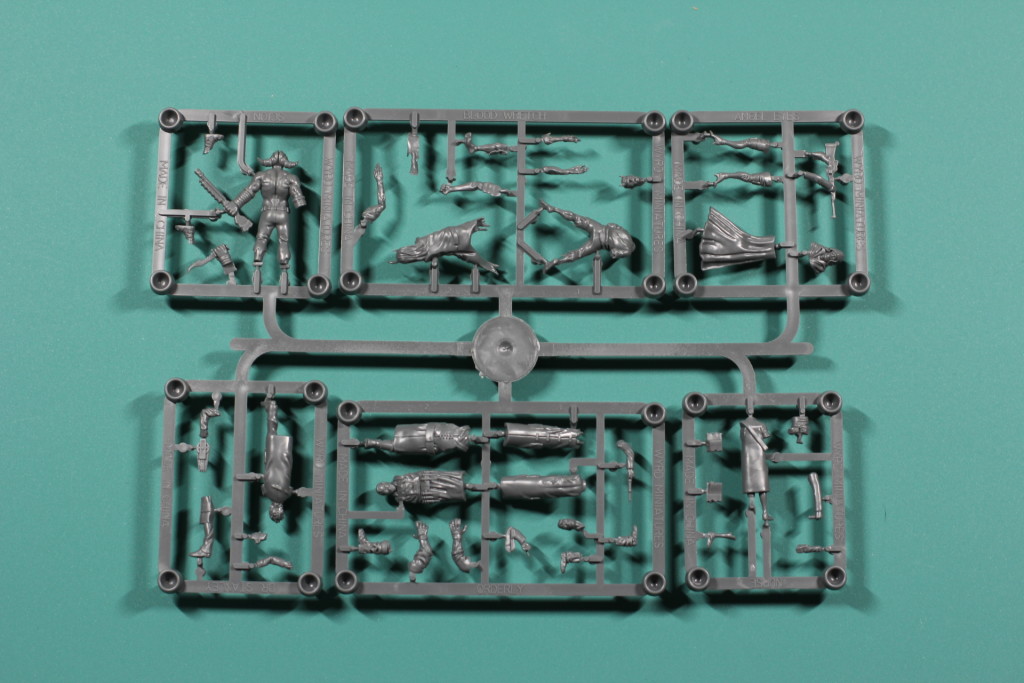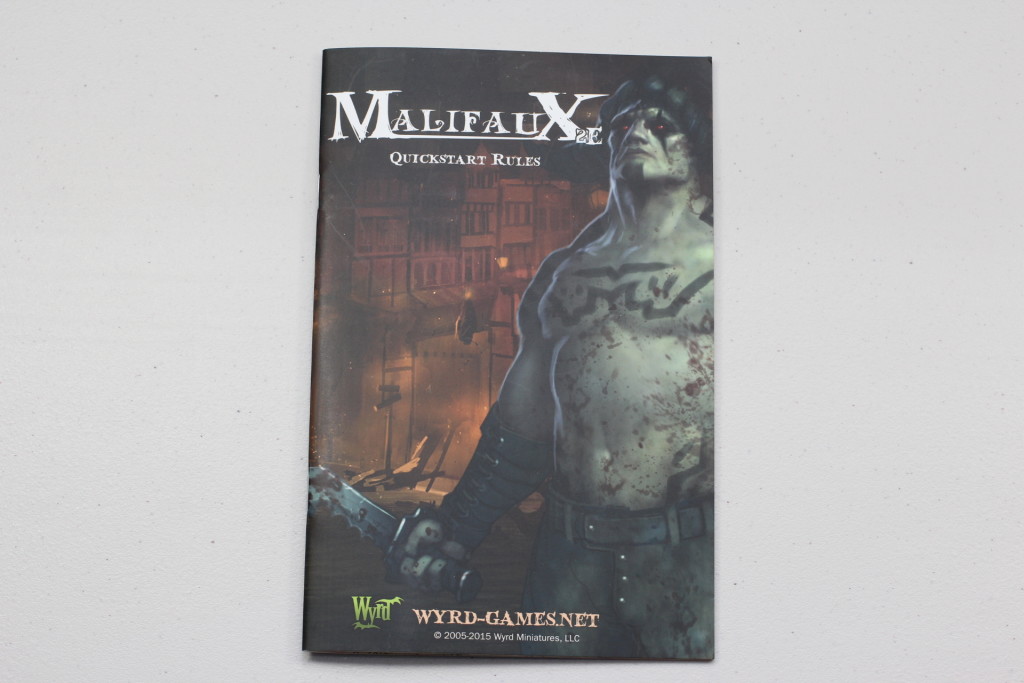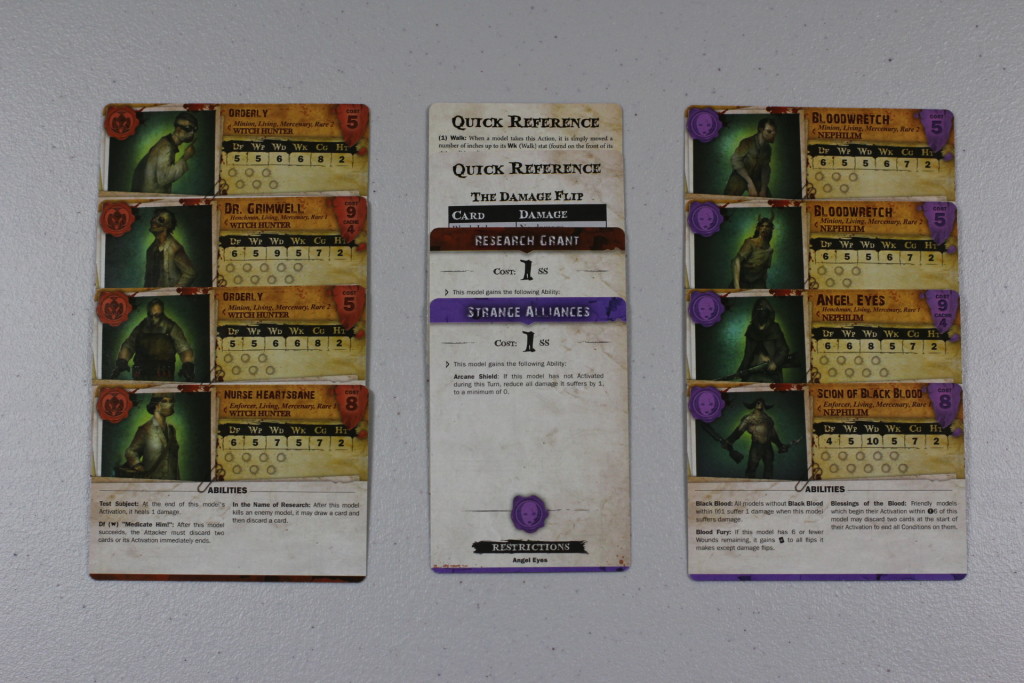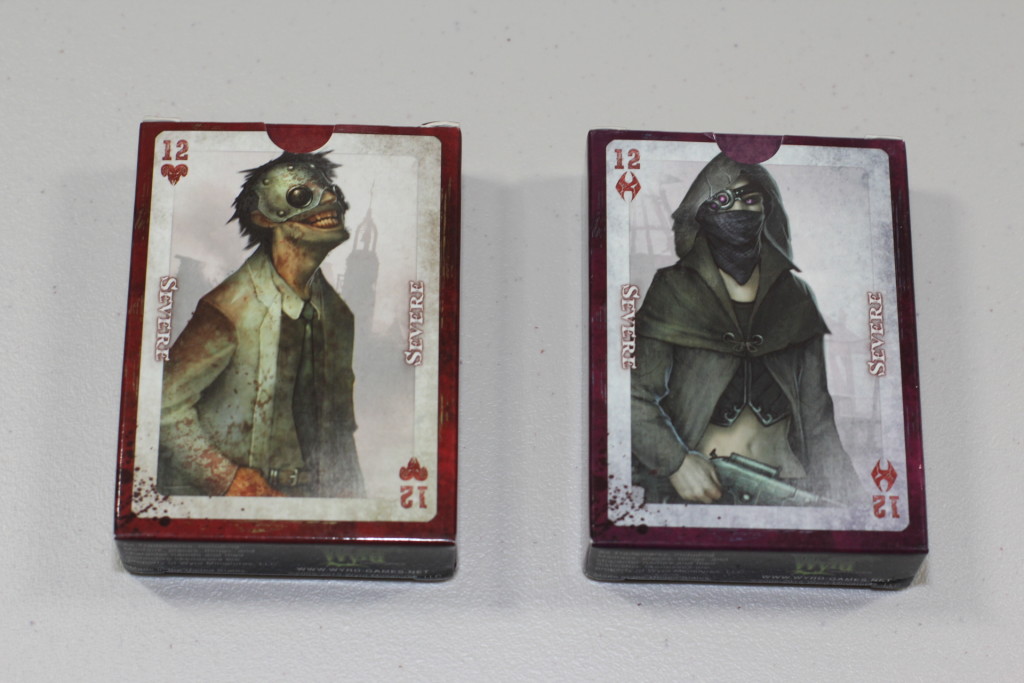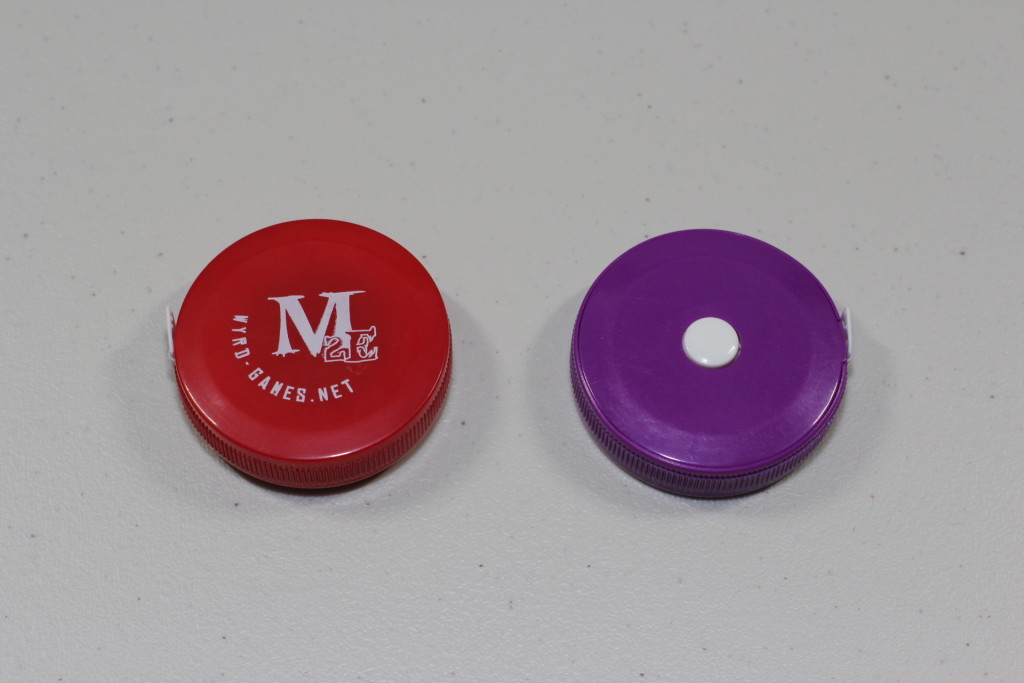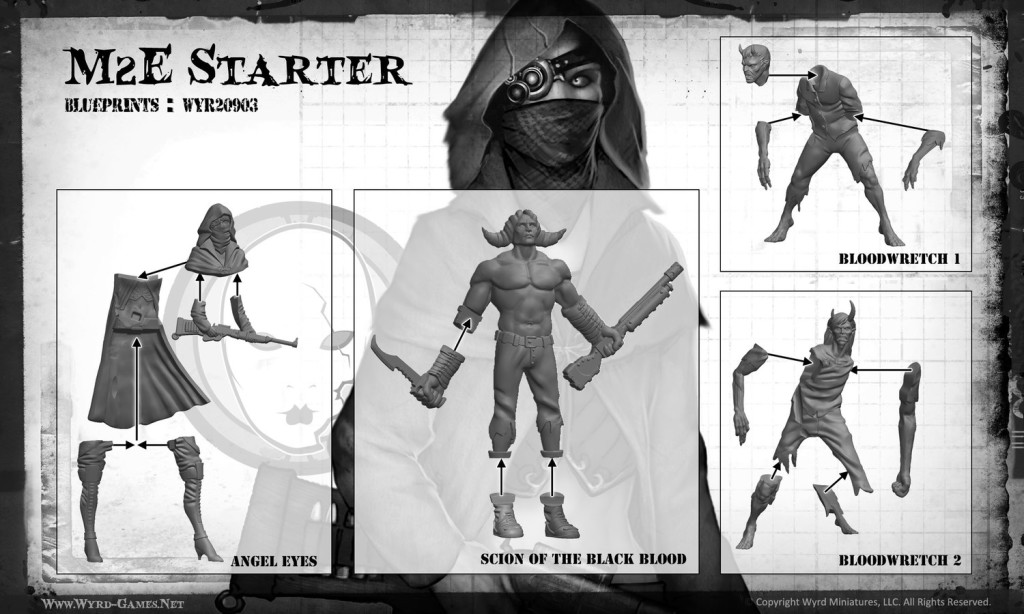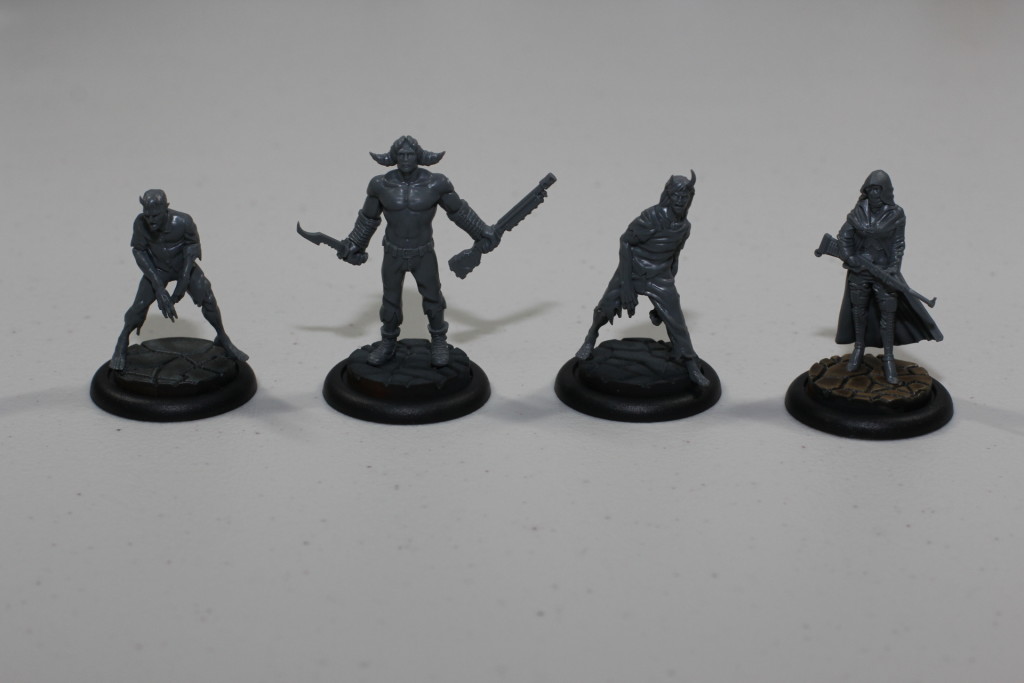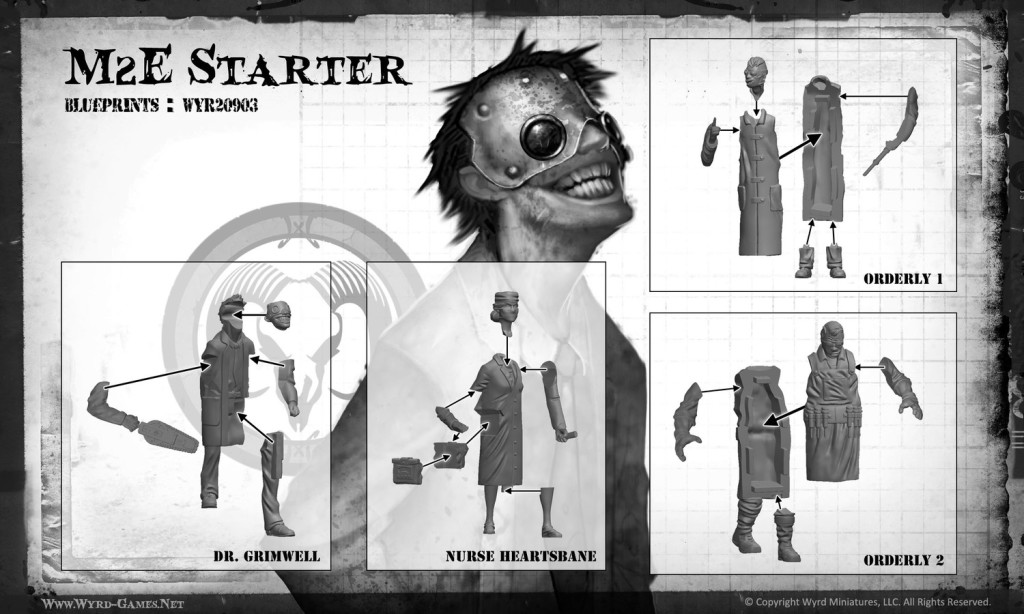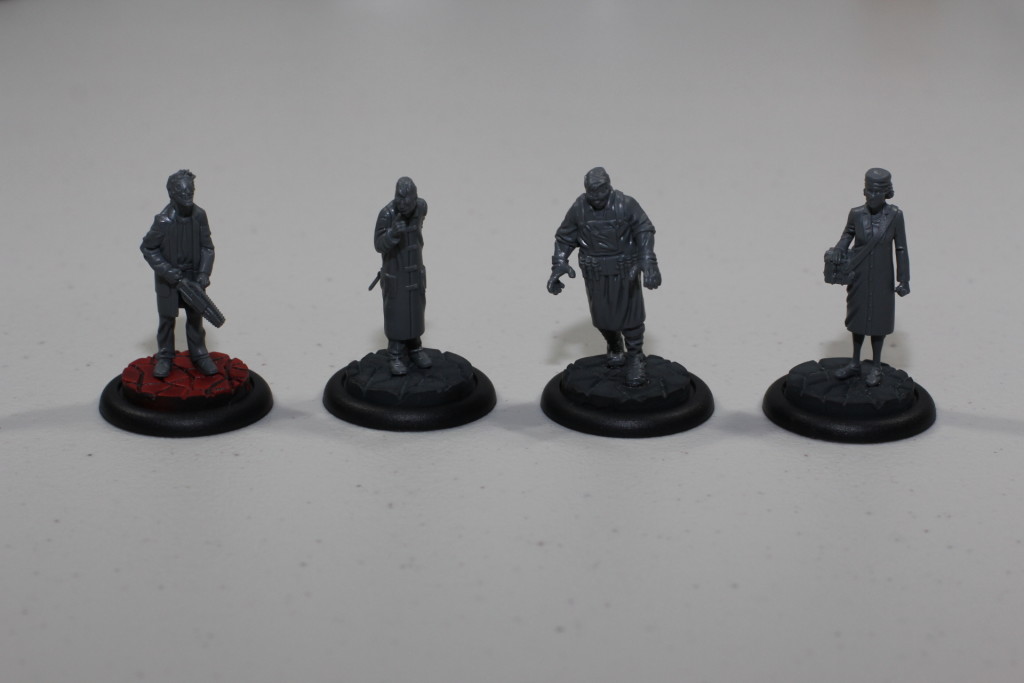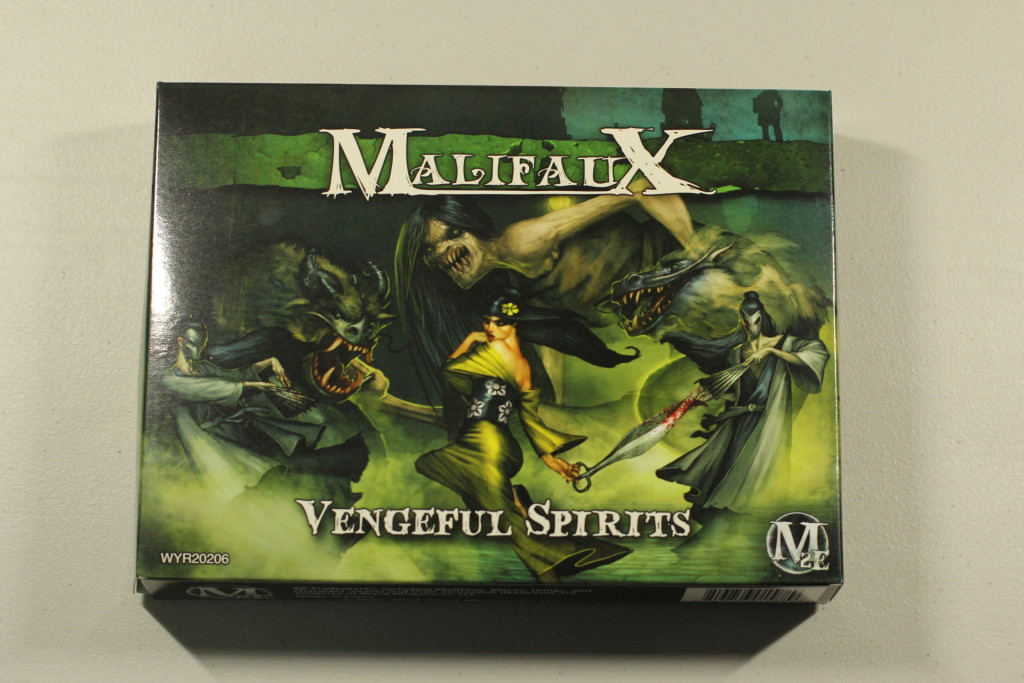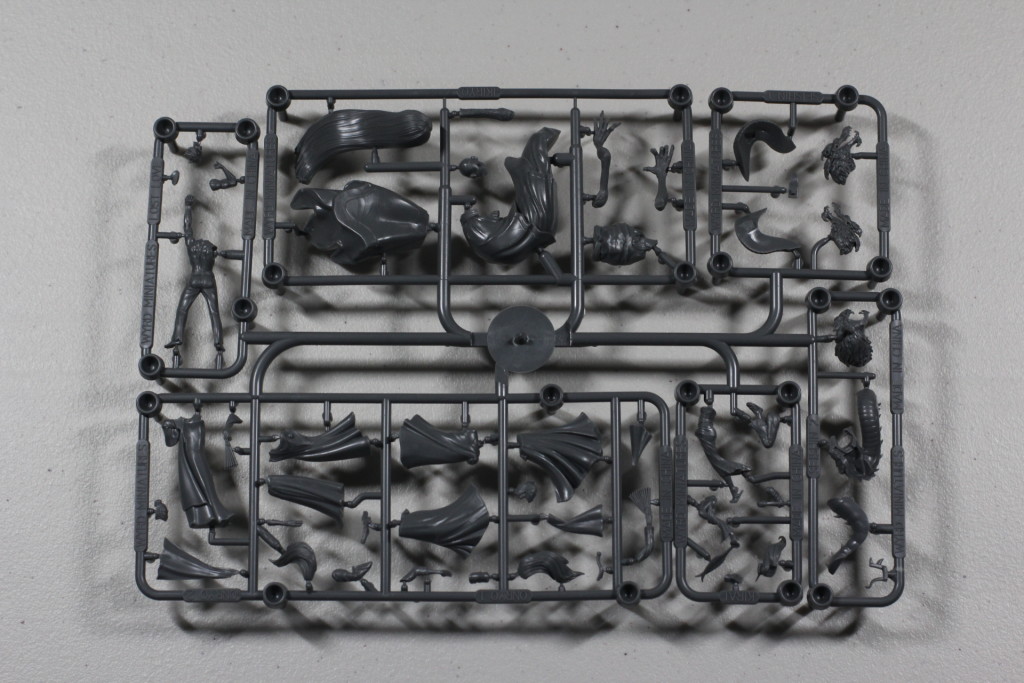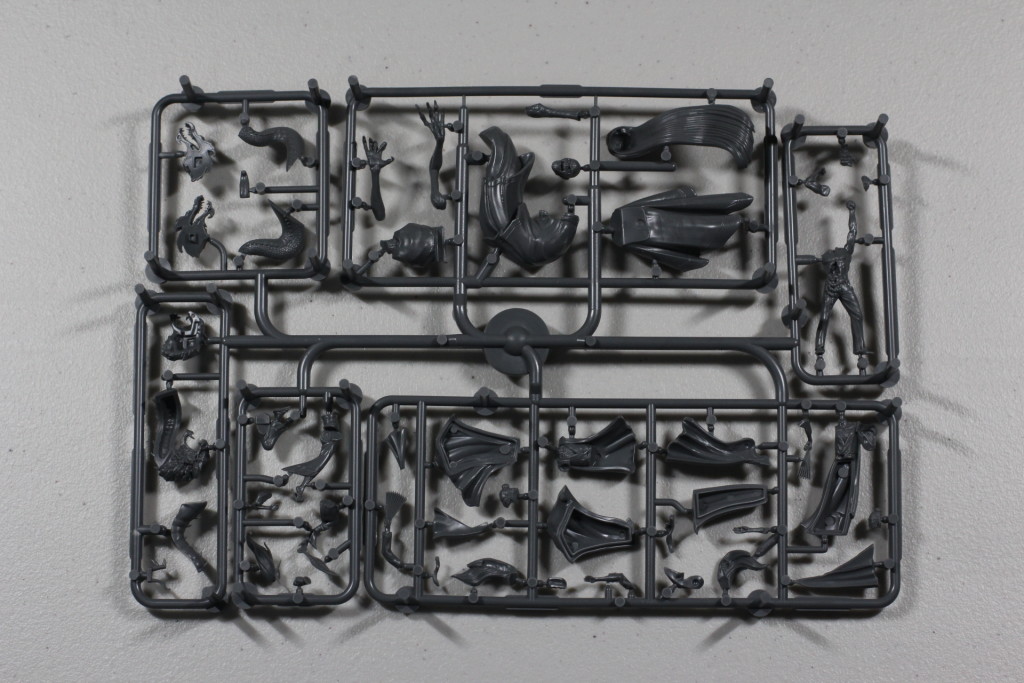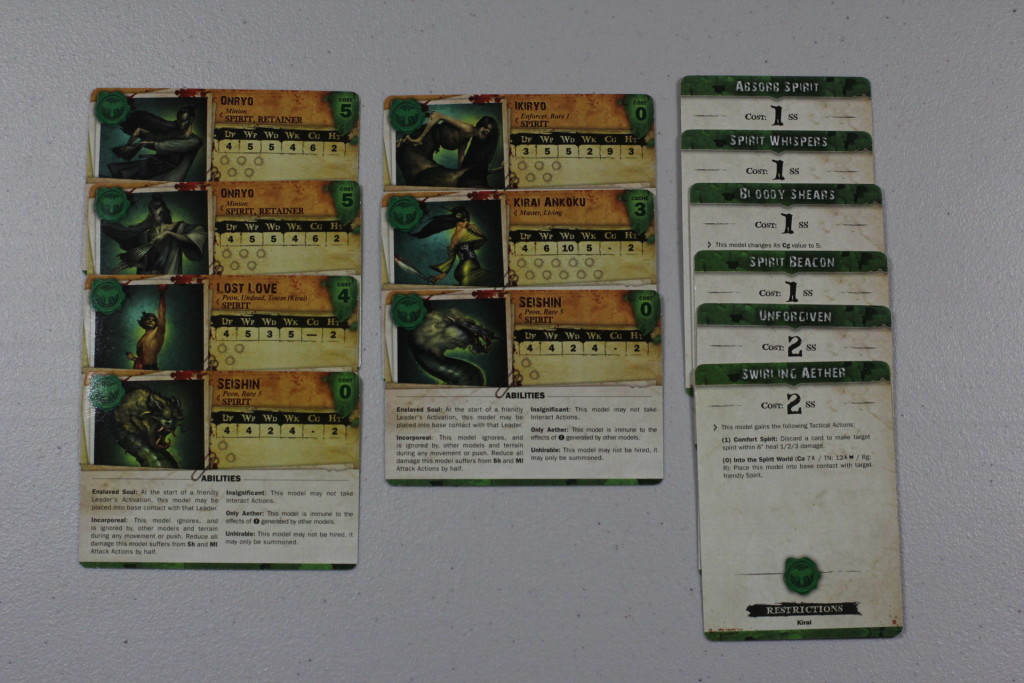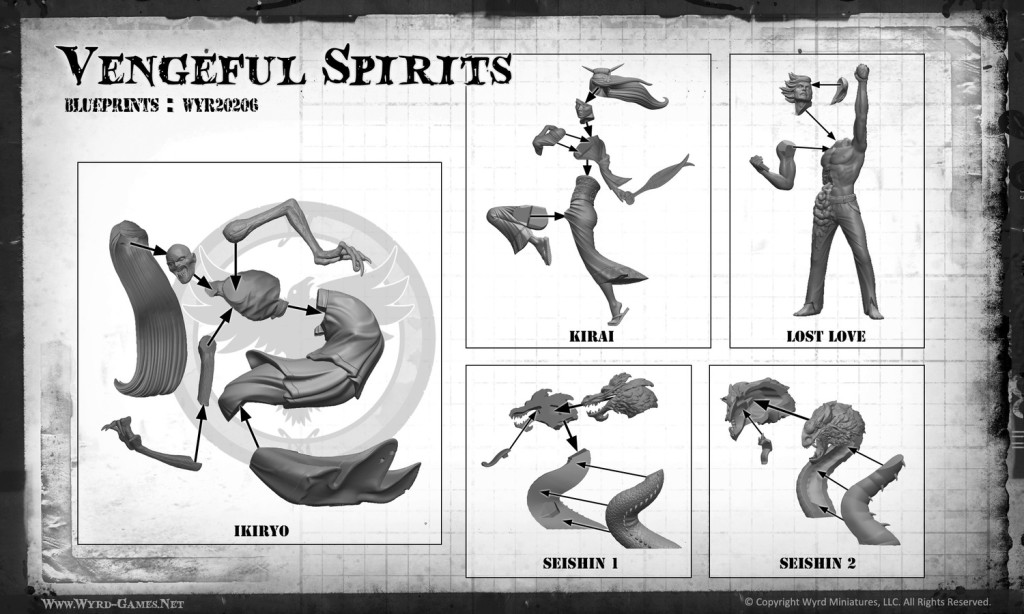I recently picked up a copy of Puppet Wars Unstitched from Wyrd Games and in my last blog post I did the unboxing and shared my initial impressions about the game.
I have now finished assembling all the puppets and in today’s blog post I wanted to share some pictures of what the puppets look like, as well as my impressions after having assembled them all.
First, let’s start with some pictures of what the puppets look like assembled:
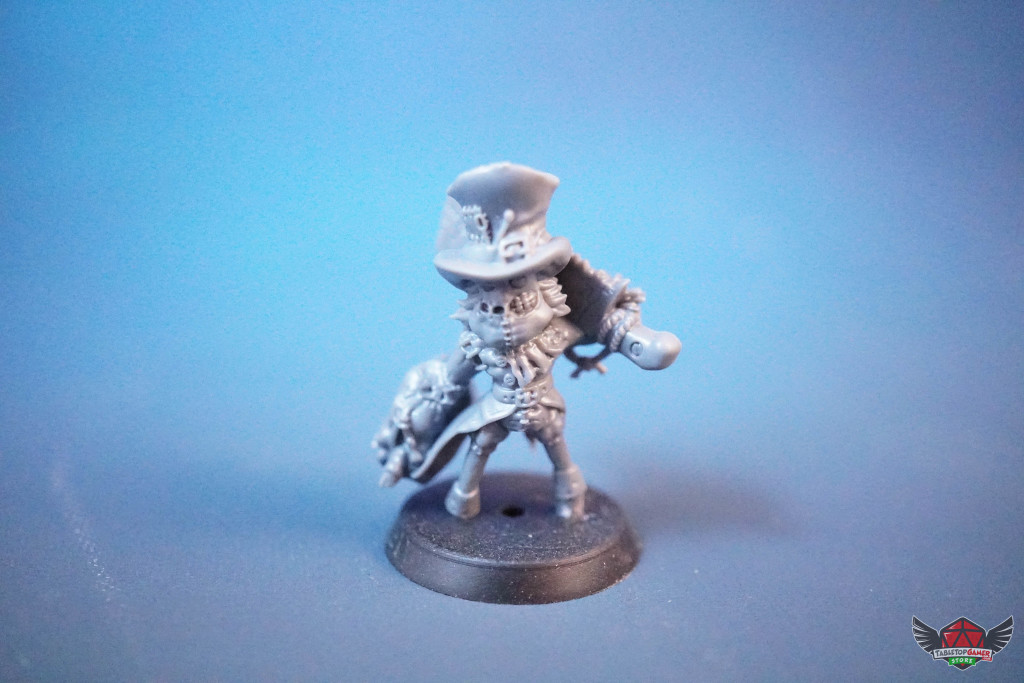
This first picture is of Seamus, who is one of the three Masters that are included in this set. He was pretty easy to assemble and I think he looks great.
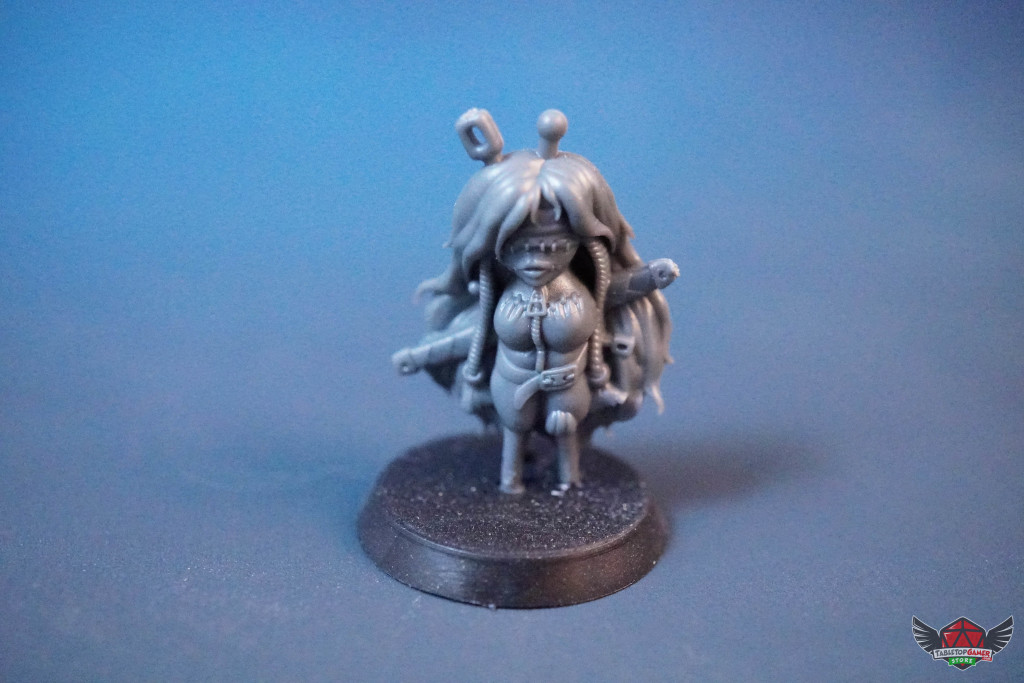
Next we have Lady Justice, another Master Puppet from the set. Pretty easy to assemble, and I think she also looks great.
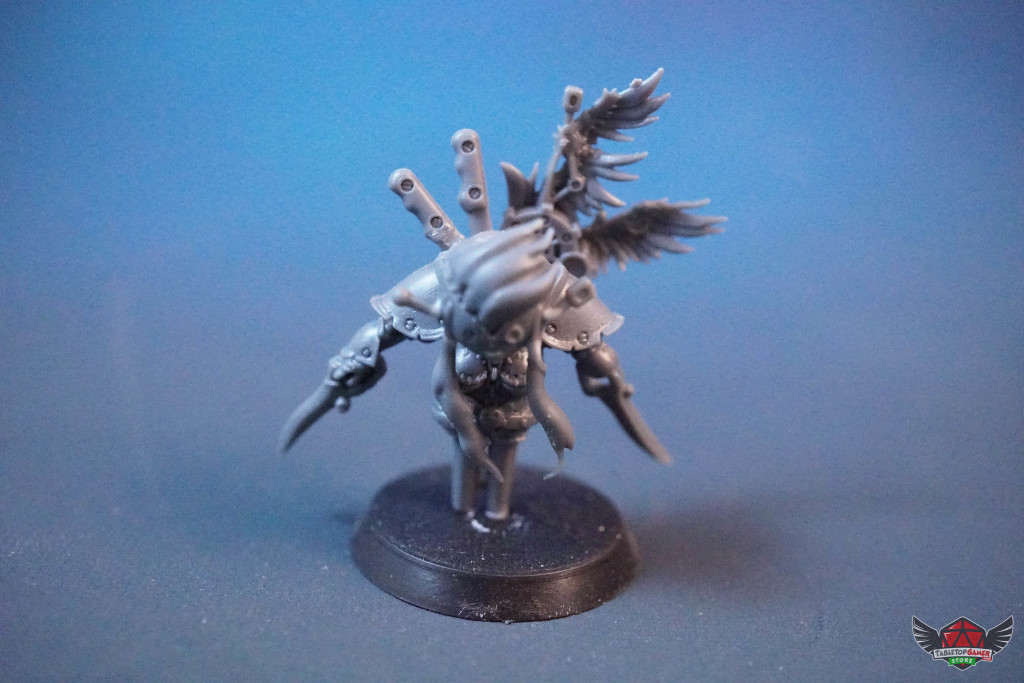
Next, we have Pokey Viktoria, who is the third and final Master Puppet included in the set. A pretty straight forward build, and she looks like she’ll be fun to paint.
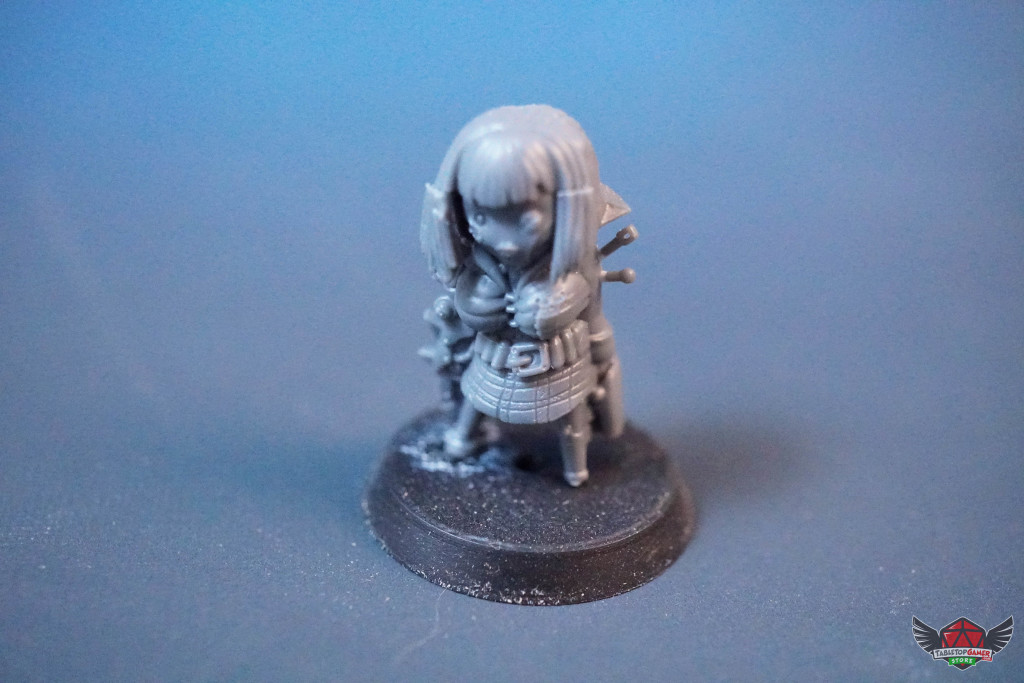
Next we have Rusty Alyce, who is one of the sidekicks that comes in the set. I actually had a bit of a tough time assembling her hair, getting the pieces to line-up properly.
After numerous attempts to make them fit properly, shaving down a little bit of plastic here and there to find a way to get the hair to sit flush, I just decided to do glue the pieces as you see above and move on. In some of these situations I don’t quite understand why Wyrd makes certain small pieces separate pieces from the rest. They must have their reasons though. Unless they just want to be sadistic and to torture us with tiny pieces that don’t quite fit 100%. 🙂
Anyway, I think the miniature still looks great, even if the hair line doesn’t align 100%.
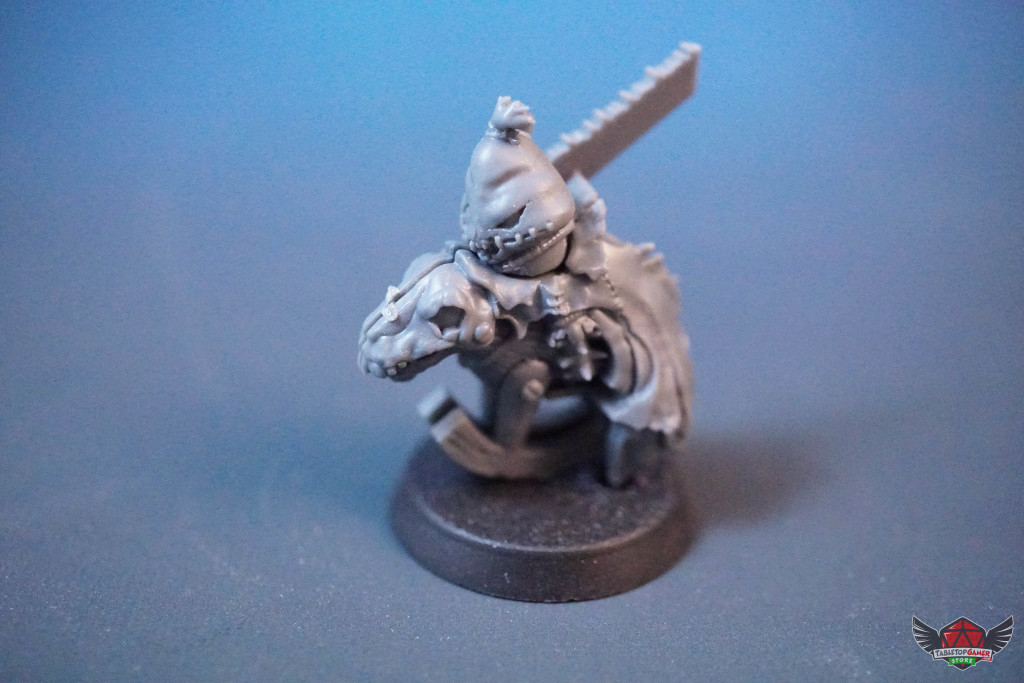
Next we have The Hooded Rider, another Sidekick you get with the set. I found him a little challenging to assemble as well, trying to get the two halves of the “horse” to line up perfectly.
I have a bit of flashing / mold line cleanup to do on this guy still, and maybe I’ll throw some green stuff in that gap… or maybe I’ll just paint it as is. I mean these are puppets that are made from mismatched scrap parts, right? So maybe that mold like adds to the character. 🙂
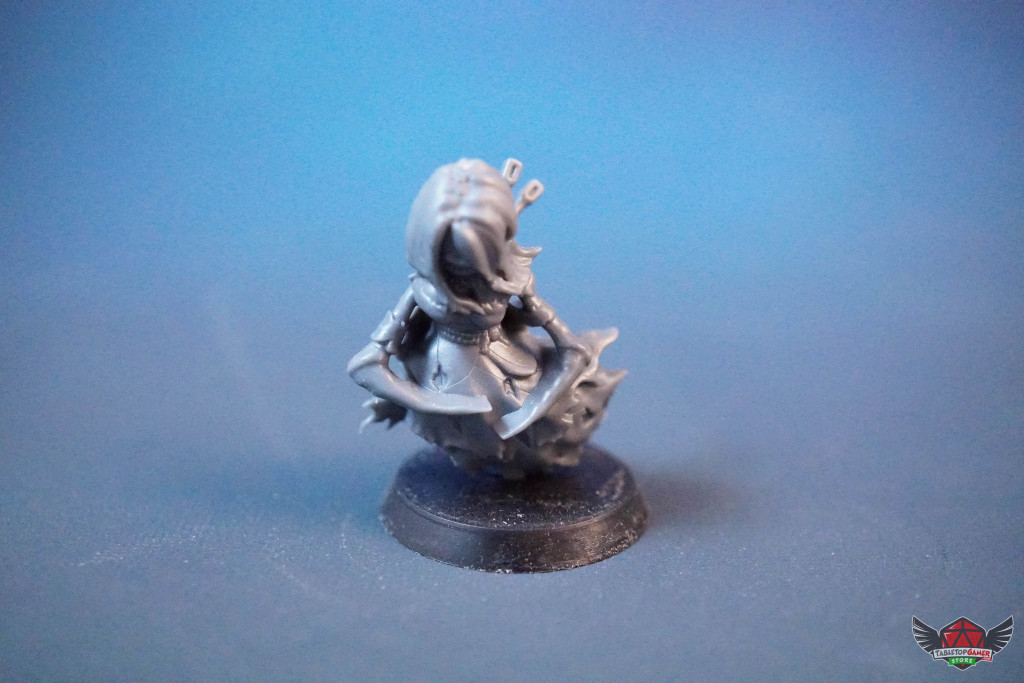
Next we have Bete Noire, yet another Sidekick in the game. She was pretty easy to assemble.

Next we have Judge, another Sidekick. He looks like he’ll be fun to paint! Creepy looking dude.
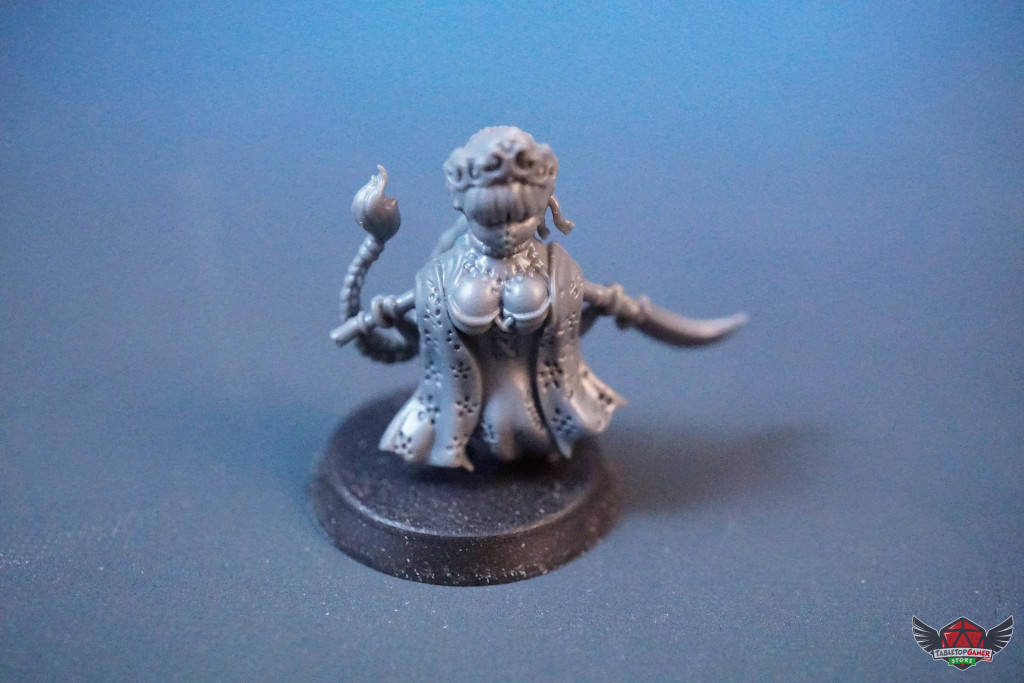
Next, we have Misaki, the final Sidekick in the set. She was easy to assemble as well.
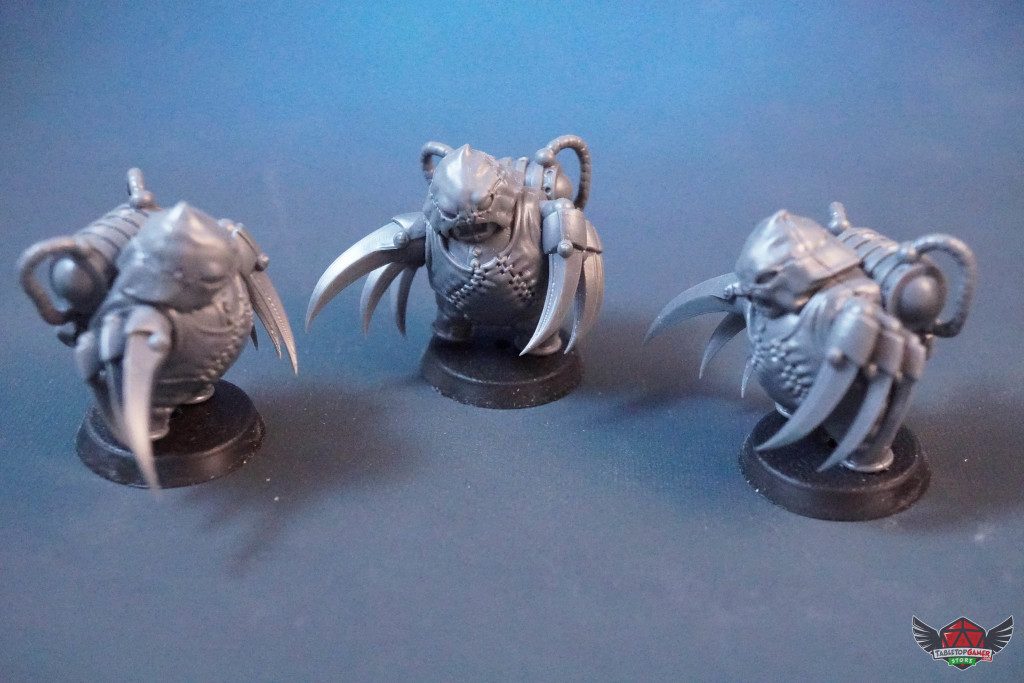
Next we now move onto the Pawn Puppets that are included in the set. There are 12 sets of three Pawn Puppets each.
So for example, for this Executioner Puppet, there are three of them included in the set.
He was easy to build, and will be fun to paint as well! 🙂

Next up we have the Guild Austringer. This dude has a crow on his head! The little tiny feet on the crow were separate pieces and they were a little challenging to glue into place.
I had to use tweezers to hold them in place. Once put together though, he looks really cool.
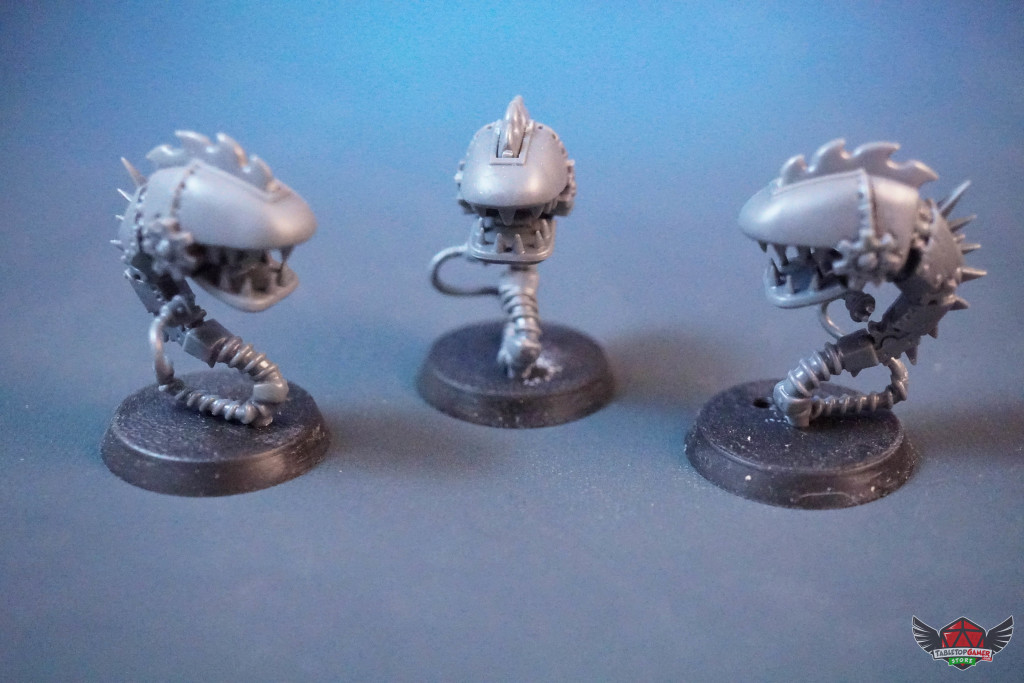
Next we have the Razorspine Rattler – another Pawn Puppet from the set. This guy was pretty easy to assemble as far as the top part of the Puppet goes, but the electrical cord at the end of his tail was a separate piece and that thing was really tough to hold in place while waiting for the glue to set.
The cord kind of curves around and goes into the gap between the bottom of his jaw and the body, and the angle that it’s on makes it really difficult to hold that little piece in place. I used tweezers once again, but even with tweezers it was not easy. Once I got it to stay though, I did a little dance of joy for each one. 🙂
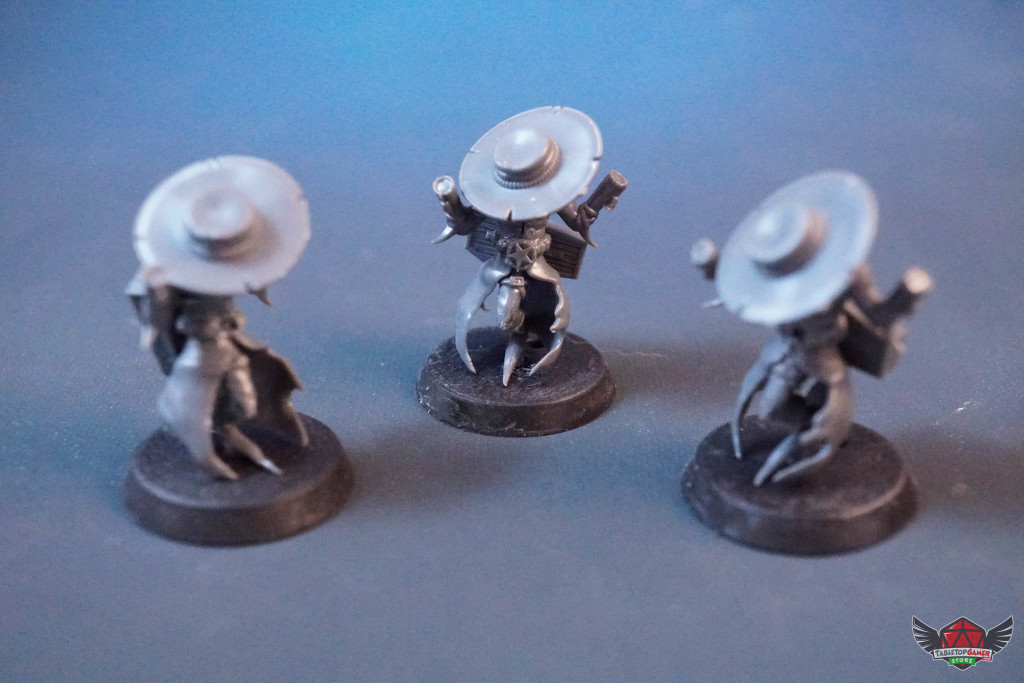
Next we have the Death Marshal, another Pawn Puppet in the set. This guy was pretty easy to put together except for one part.
See that little Sherrif’s star on his belt? Wyrd made that a separate piece.
C’MON, really Wyrd? It’s like this TINY little circle that measures like 2 millimeters in diameter and half a millimeter in depth!
This is one of those pieces where if you cut it off the sprue the wrong way, it just shoots across the room never to be seen again.
I had to CAREFULLY separate it from the sprue and then try to attach it using a pair of tweezers.
The challenge is that while holding it with tweezers, if you don’t squeeze the tweezers enough you won’t grab onto it. But if you squeeze the tweezers just a little bit too hard, it can once again shoot that little piece across the room or worse – right in your eye!
I was very careful and I managed to build the Death Marshal without shooting his Sherrif’s Star across the room.
However, I was horrified to learn that by the next day, when I looked at one of the three Death Marshals, one of them was missing his star.
So either Wyrd used some kind of disappearing trick plastic on me, or the glue didn’t catch and I didn’t notice and dropped the piece somewhere.
Which kinda sucks because now I have a Death Marshal without his Sherif’s star. Oh well, the other two still have theirs and chance are that I will most likely only be playing this game with two players anyways. 🙂
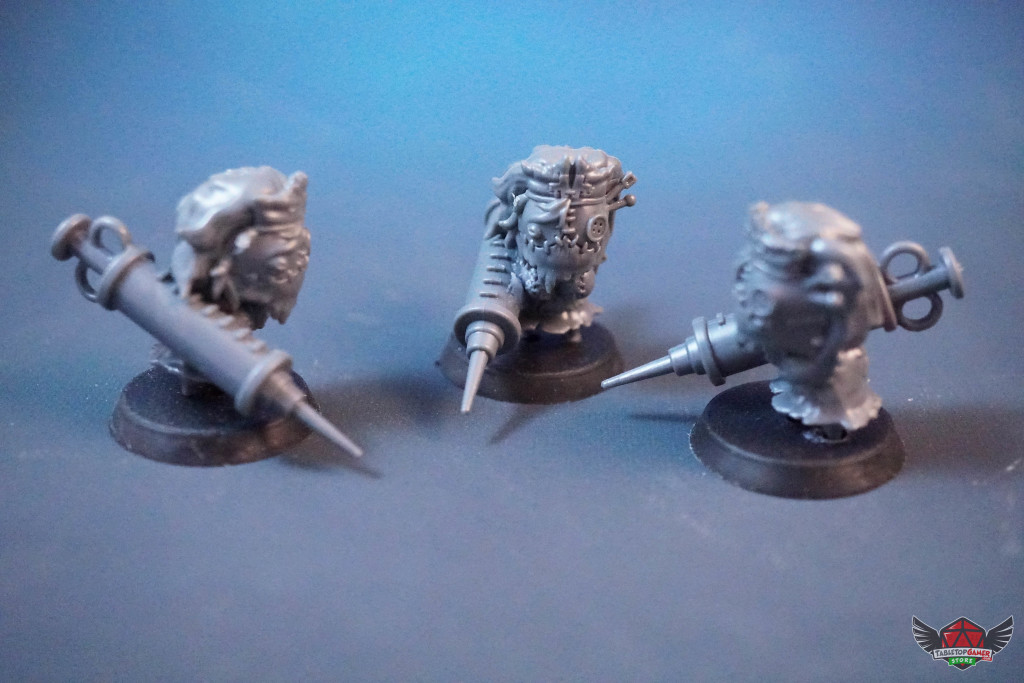
Next we have the Nurse. What can I say about her… hmmm… well, she was easy to build, and she has a HUGE needle!
I’m pretty sure that’s the same sized needle that dentists use. At least that’s how big they SEEM! 🙂

Next we have Ronin, another Pawn Puppet. She was also easy to build.
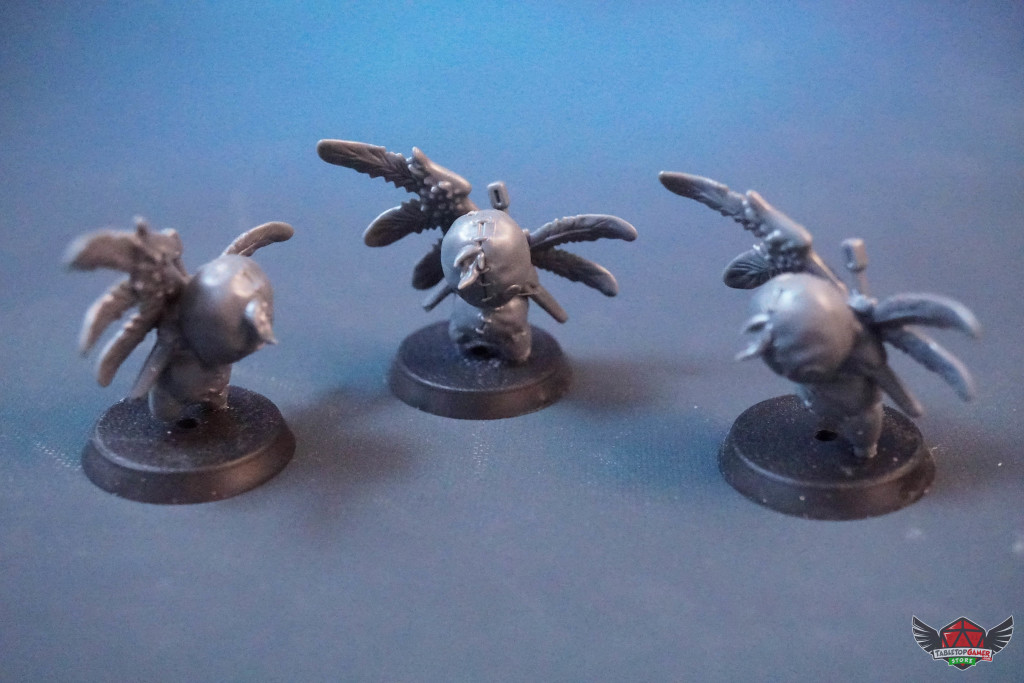
Now we move onto the Malifaux Cherub, another Pawn Puppet. Very easy to build this one as well. I like the cool little wings this dude has.
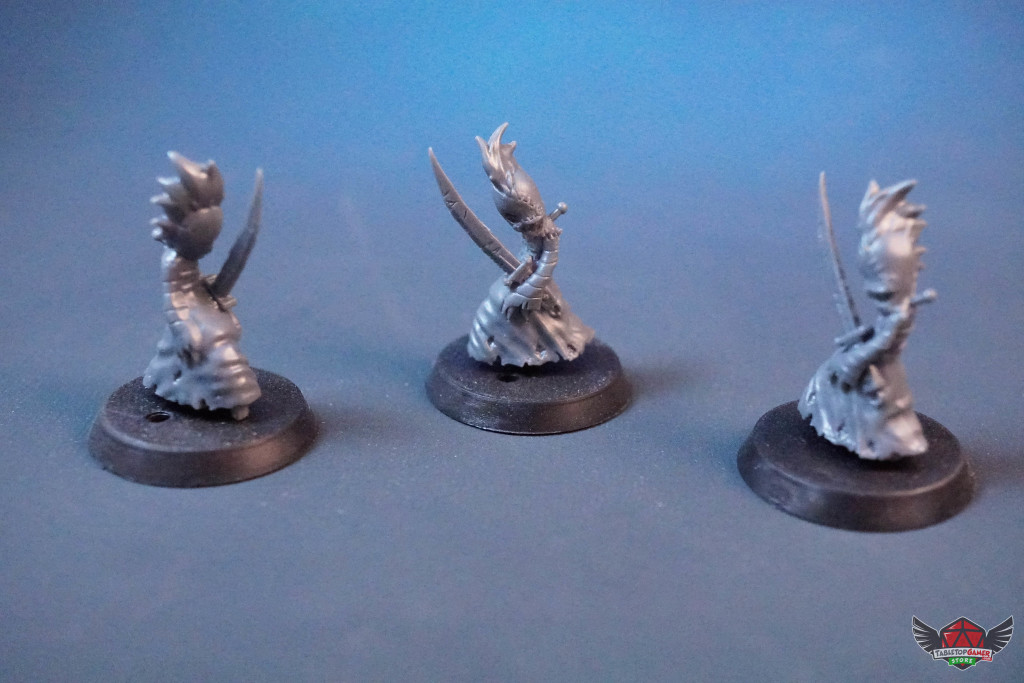
What’s creepier than a Zombie? A Punk Zombie, which is who this next Pawn Puppet is.
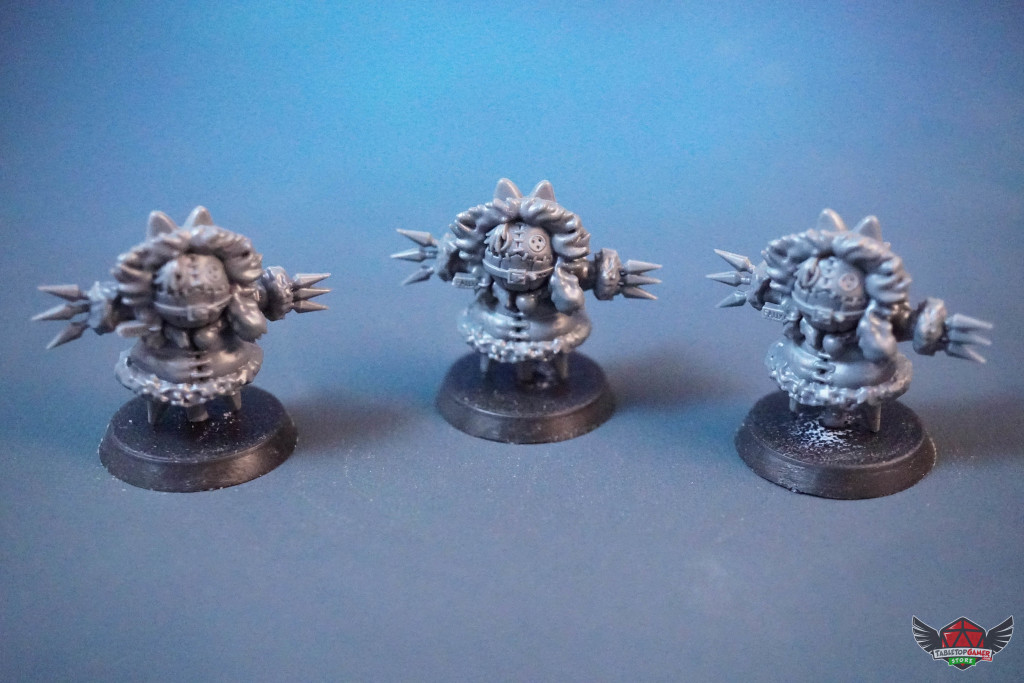
Here we’ve got the December Acolyte. She’s another Pawn Puppet. Easy to build and she looks like she’ll be a lot of fun to paint as well!
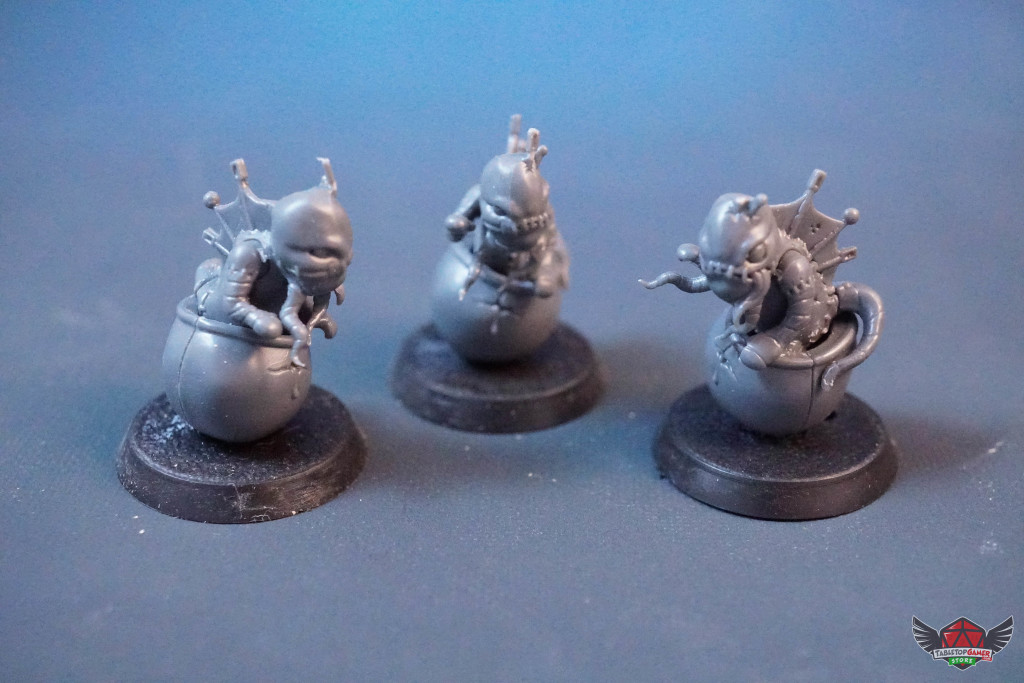
This is Silurid. Basically some kind of sea-creature in what looks like a bowl. Another Pawn Puppet in the game. Pretty easy to put together too.
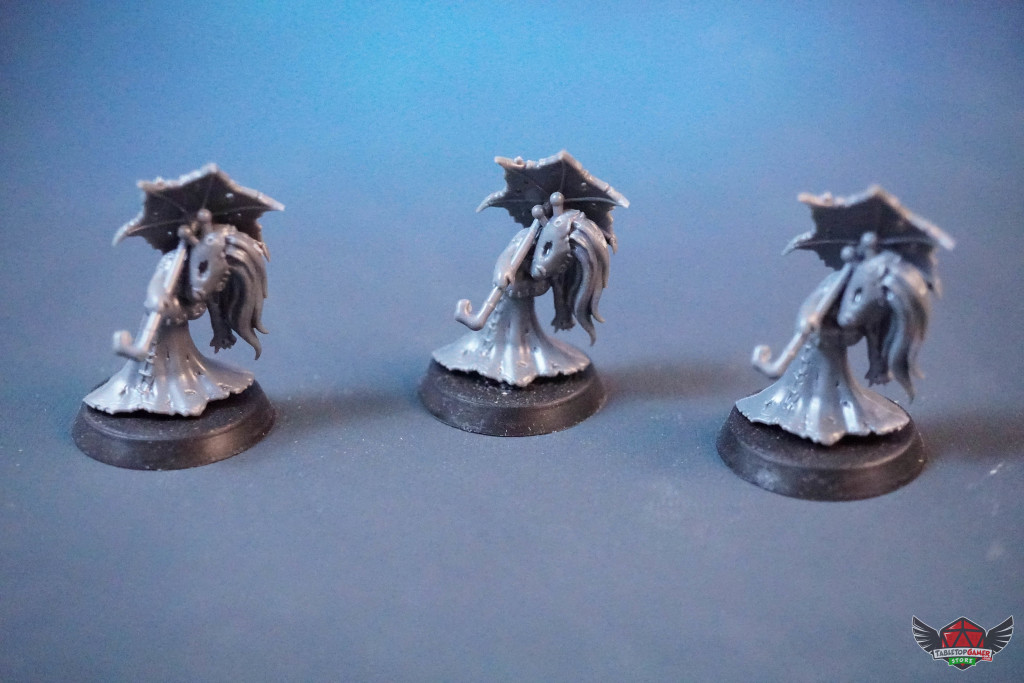
Here we have Rotten Belle. I love her parasol. Another Pawn Puppet which was pretty easy to put together.
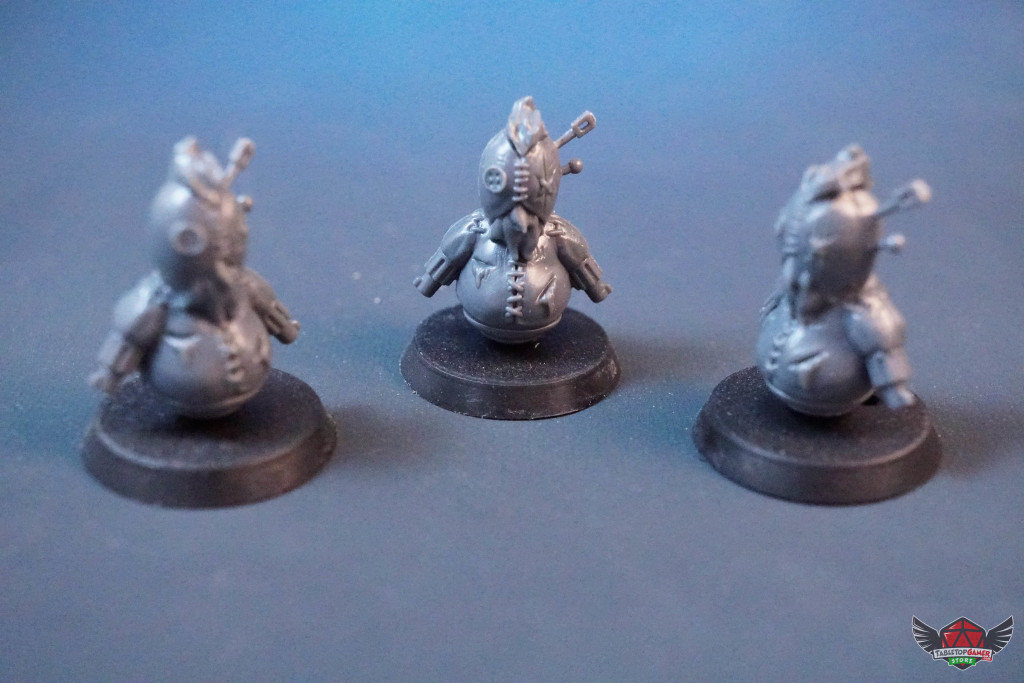
This is Convict Gunslinger, the last of the Pawn Puppets. He was easy to put together, and yes I do believe those are GUNS he has for arms. LOL.
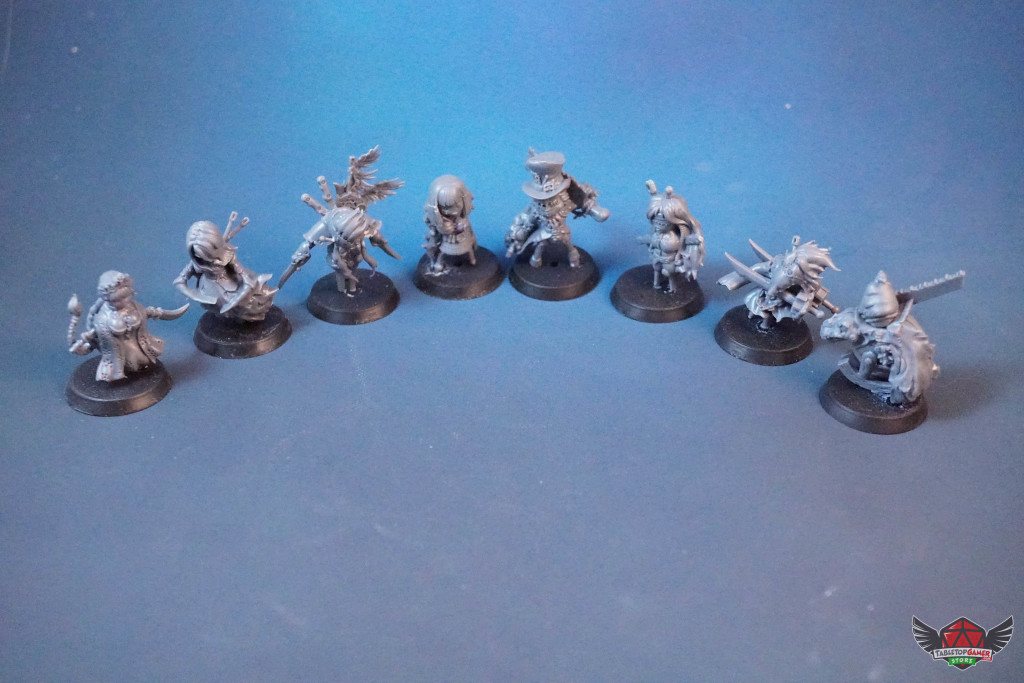
Here’s another picture I took of all the Masters and Sidekicks together.
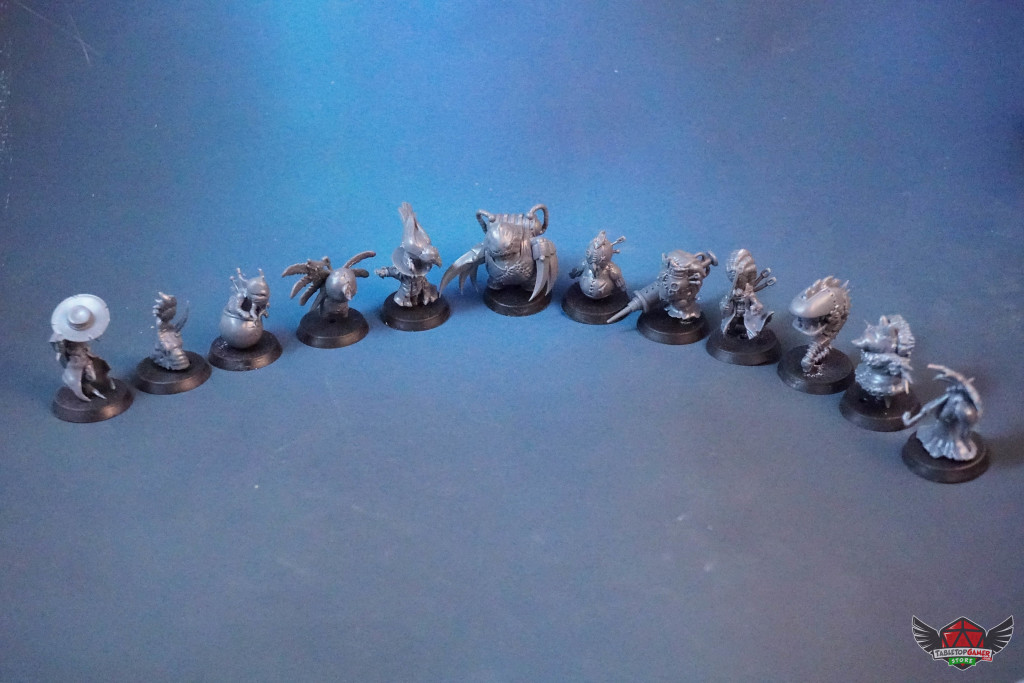
And here’s a pic of one of each of the 12 Pawns. And finally…
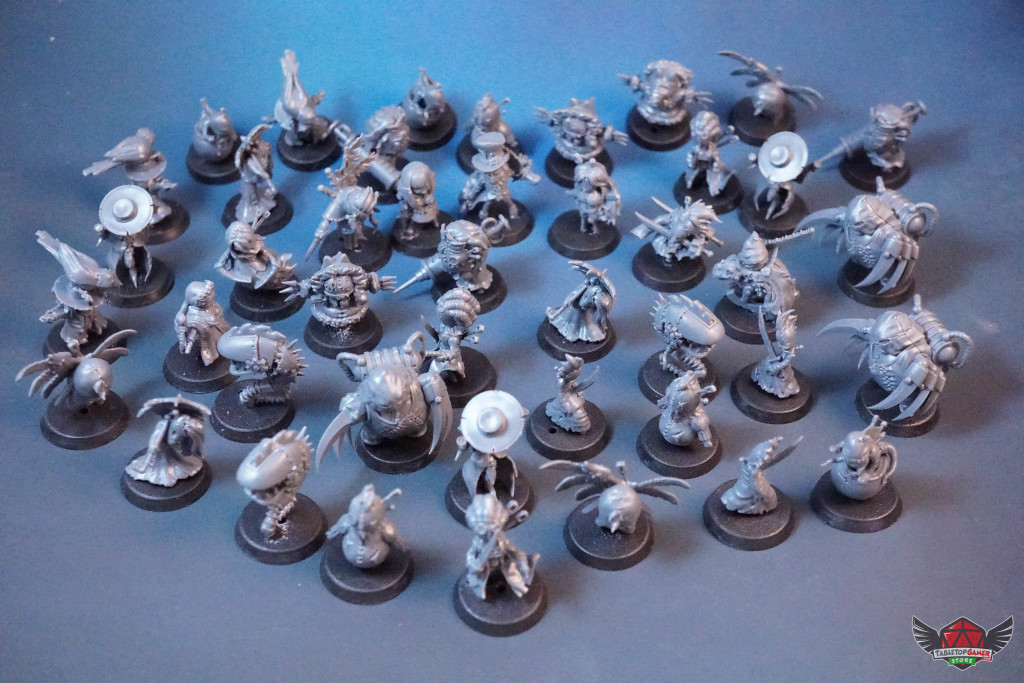
Here’s a picture of ALL the Puppets included in the Puppet Wars Unstitched set!
As you can see it’s a LOT of miniatures. It’s going to take me some time to get them painted up, but I’m looking forward to it.
What do you guys think of the minis that come in this set? Which Puppet is your favorite?

